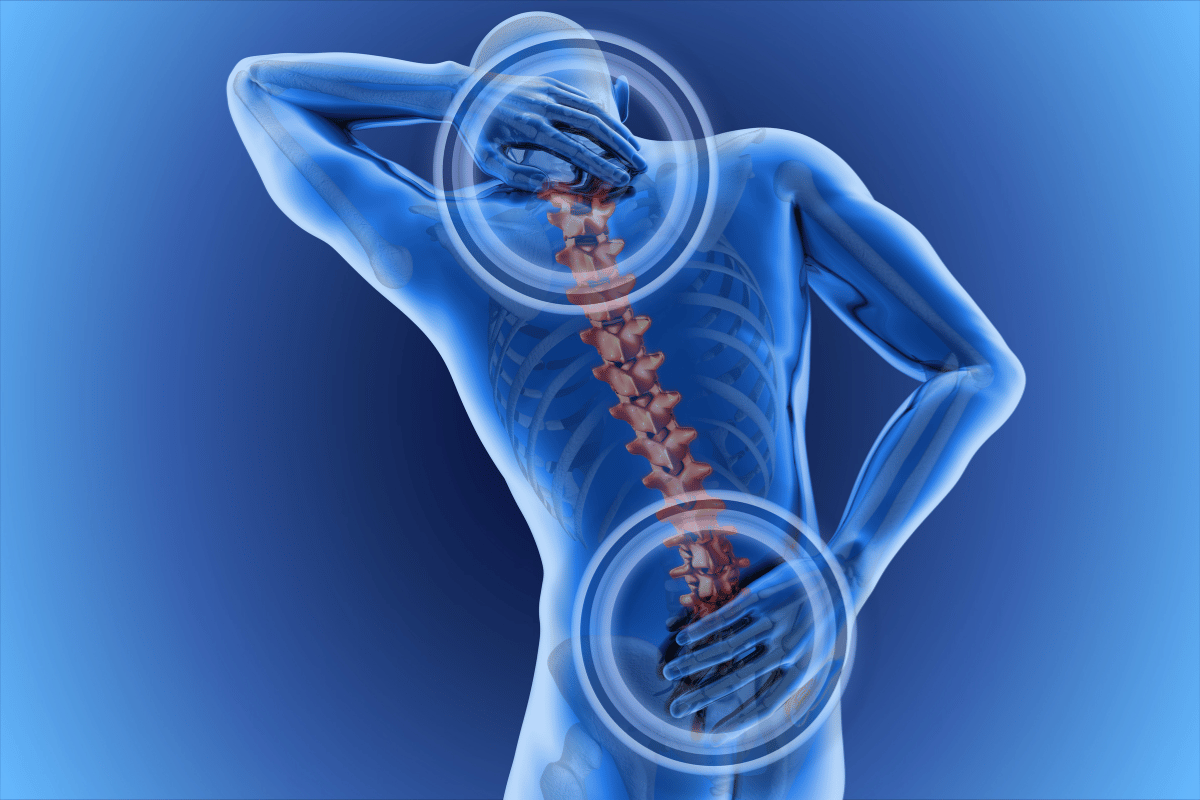Exploring Disc Desiccation: Causes, Symptoms, Treatments, and Relief

Ever feel like your back is staging a quiet rebellion—tense, sore, and stubbornly stiff? You might be dealing with something called disc desiccation. That’s just a fancy medical way of saying your spinal discs—the little cushions between your vertebrae—are drying out and losing their spring. When that happens, even simple movements can start to feel like a chore.
Table of Contents
ToggleSo, What Are Spinal Discs?
Let’s go there for a sec. Picture jelly doughnuts (yep, really). Each spinal disc has a gooey center—the nucleus pulposus—and a chewy outside called the annulus fibrosus. These act like nature’s shock absorbers, helping your back deal with everything from jumping off curbs to marathon Netflix sessions on a slouchy couch.
Why Are They Drying Out?
Time isn’t kind. As you age, discs naturally lose water—kind of like grapes turning into raisins. Less hydration equals less cushion, which leads to stiffness and pain.
Accidents happen. Whether it’s a fender-bender or years of bad lifting form, injuries can speed up disc deterioration. Once compromised, discs are more prone to drying out early.
Habits hurt, too. Smoking, poor hydration, junky diets, being sedentary—these all starve your discs of the nutrients and blood flow they need. Your spine’s a diva. It demands maintenance.
What Does It Feel Like?
People describe it in a bunch of ways. There’s the dull, unrelenting ache in your back that just won’t quit. Or a stiff, almost frozen feeling when trying to twist or stretch. Sometimes, it’s tingling—especially down the legs—when nerves get nudged by a dried-up disc.
Diagnosis: What to Expect
A doctor will usually start by asking questions—how long it’s been bothering you, what makes it worse, what brings relief. Then come the physical checks: bending, stretching, maybe tapping on a few reflex points. If things point to disc trouble, expect an MRI. That’s the gold standard. A dried disc looks darker on the scan—less hydrated, less happy.
So, What Can You Do?
Let’s talk options.
Some folks start with basics: drink more water, clean up your diet, stretch a little every day, and maybe fix your work chair (goodbye, slouch). Others go for physical therapy—personalized routines to stabilize and strengthen your back. NSAIDs can help with pain, though they’re a Band-Aid, not a cure.
If the situation’s worse—like nerve involvement or serious instability—your doctor might bring up surgery. That’s usually the last resort, not the first step.
New Emerging Treatments
Stem cell therapy is still in trial stages, but the idea is compelling: inject your own cells to rejuvenate a disc. PRP (Platelet-Rich Plasma) is gaining popularity, especially after a 2023 Spine Journal study showed it improved hydration and pain in 62% of cases over a year.
Desiccated or Herniated? Here’s a Quick Comparison (with a human touch)
| Feature | Disc Desiccation | Herniated Disc |
|---|---|---|
| Diagnosis Insight | Disc dries out | Disc leaks or bulges |
| Most Impacted | Mostly 40+ | 20–50 crowd |
| Pain Feels Like | Dull, constant | Sharp, sudden |
| MRI Scan | Dark, thin disc | Visible rupture or bulge |
| Best Options | Hydration, lifestyle, PT | PT, maybe surgery |
Living With It (Without Losing Your Mind)
Managing pain isn’t one-size-fits-all. Some days, heat or ice might help. Other days, a massage or even mindfulness might get you through. Staying active—yes, even if it feels counterintuitive—usually helps more than rest. Go for walks, try yoga, or swim if you can.
And don’t forget your headspace. Chronic pain can creep into your mood and energy. Stay social, talk to a therapist if needed, and make room for joy—whether that’s music, crafts, or a dumb sitcom.
Spinal Health Tips (Not in Bullet Form for Once)
Stay hydrated. Like, really hydrated. Stretch once a day—even five minutes helps. Sit with something supporting your lower back. Avoid sitting for hours on end (set a timer if you must). And when lifting something heavy? Your legs should do the grunt work, not your spine.
Final Thoughts
Disc desiccation sounds more ominous than it needs to be. With smart habits, early care, and maybe a little help from modern medicine, you can manage it and maintain a good quality of life. Your spine works hard—treat it like it matters.
Published by Amanda Mills
I'm Amanda Mills, Senior Content Strategist, and I've been shaping digital marketing narratives since 2011. With a master’s degree in Digital Marketing and a bachelor’s in Media Studies, I specialize in blending creative storytelling with data-driven strategy to create content that not only engages but delivers results. View more posts







